Introduction – Ancient Mesopotamia and its Gods
When it comes to the early historical scope of Mesopotamia, there were no singular factions or political entities that ruled the extensive lands between and around the rivers of Tigris and Euphrates (at least until the brief Akkadian Empire and the later rise of the Babylonian and Neo-Assyrian Empires).
However, the Mesopotamian city-states from after the 3rd millennium BC did share their cultural traits and even languages. For example, the ancient Sumerian language heavily influenced Akkadian (of which Babylonian was a variant), the lingua franca of much of the Ancient Near East. The pantheon of the region was a religious extension of this ancient cultural overlap. As such many of the Mesopotamian gods were commonly worshiped by Sumerians, Babylonians, and even Assyrians alike.
But the progression of history and mythology is not linear. Consequently, many of the Mesopotamian mythological characters evolved (and devolved) into variant entities (based on the faction’s preference – like the Sumerian sun god Utu ‘morphed’ into Akkadian Shamash). Furthermore, some of these Mesopotamian gods were honored more as patron deities of individual cities. Taking these various factors into consideration, let us look at the major ancient Mesopotamian gods and goddesses you should know about.
Contents
- Introduction – Ancient Mesopotamia and its Gods
- Tiamat – The Primordial Goddess of Oceans
- Anu – The Sumerian God of Sky and Heavens
- Enlil – The Sumerian God of Air and Power
- Enki – The Sumerian God of Wisdom and Earth
- Ninhursag – The Sumerian Mother Goddess of Mountains and Nurturing
- Marduk – The Babylonian Storm God
- Sin (Nanna) – The Akkadian Moon God
- Ishtar (Inanna) – The Akkadian Goddess of Love, Beauty, and War
- Shamash (Utu) – The Akkadian God of the Sun and Justice
- Nisaba – The Sumerian Goddess of Writing
- Ashur – The Supreme God of the Assyrians
- Ninkasi – The Sumerian Goddess of Beer
Tiamat – The Primordial Goddess of Oceans
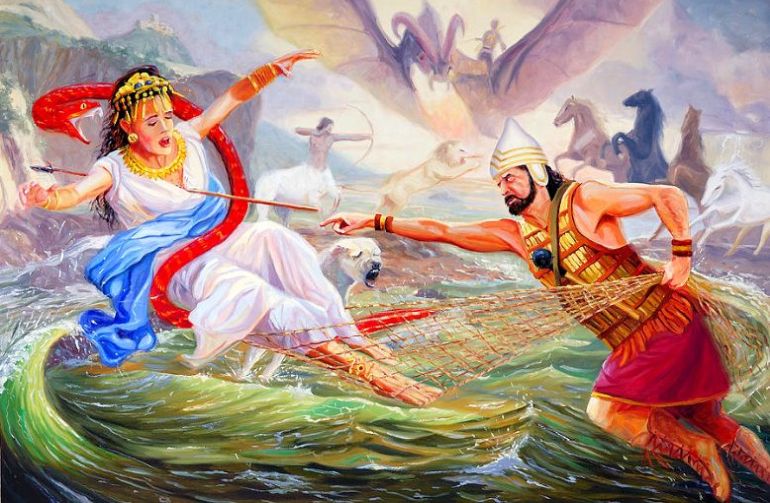
Tiamat, the primordial goddess of the oceans, is possibly one of the earliest known Babylonian entities used for Chaoskampf – a myth that portrays the momentous battle between a hero and a chthonic monster. To that end, the very portrayal of Tiamat as one of the Mesopotamian gods in the ancient motifs takes a rather paradoxical route. One ‘side’ shows how she epitomized the beauty of the feminine, while the other showcases how she represented the chaotic nature of primordial origins.
In essence, the first part of her mythos projects the goddess as the creator, who in a sacred bond with freshwater sources (represented by god Apsû), gives birth to the cosmos and its successive generations. However, the second part of the Chaoskampf makes Tiamat the antagonist, with her taking the form of a giant dragon to wreak havoc on the younger generation of gods (as an act of revenge, instigated by the murder of her husband Apsû).
She is also said to have created the first batch of monsters and ‘poison-filled’ dragons and ultimately ends up being slain by god Marduk. Marduk, in turn, then proceeds to construct both heaven and earth from her remnant body. As for the historical side of affairs, there are theories that suggest that Tiamat as a Mesopotamian goddess was worshiped as a part of the cult of Nammu (a primeval goddess, being the Sumerian equivalent to Tiamat).
Interestingly enough, Dr. Harriet Crawford has observed how the middle Persian Gulf region exhibits the ‘mixture’ of waters with the mingling of fresh water from the Arabian aquifers and the sea saltwater. Dilmun, the origin place of many Mesopotamian myths, is also thought to have been located in the country of Bahrain (which in Arabic translates to ‘two seas’).
Anu – The Sumerian God of Sky and Heavens
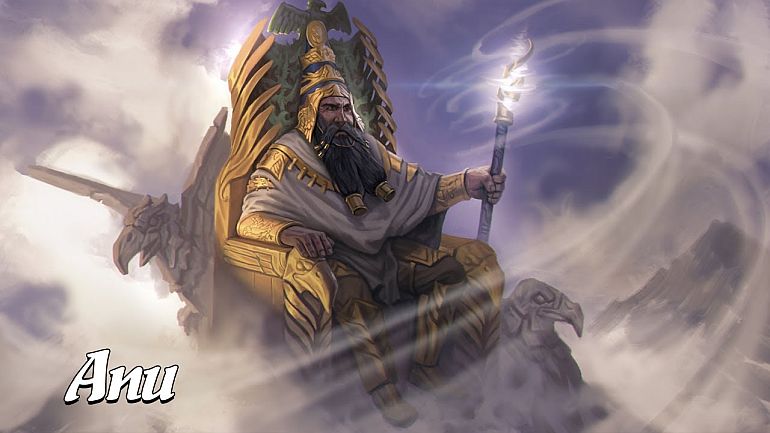
Anu (or An) was considered the supreme god of the Sumerian pantheon – as in he was the ancestor of major deities (called Annunaki – the Seven Great Deities) and even mortal kings of the expanded Mesopotamian pantheon. Venerated as one of the members of the supreme triad (along with his sons Enlil and Enki), Anu was the lordly deity of the sky and heavens.
The association of Anu with an ancestor figure and the heavens pertains to how the sky god possibly embodied the entire universe, much like the Indian deity Brahma. And similar to Brahma’s course, Anu was rarely worshiped (at least by the period of written records). Instead, most of the veneration was directed to his son Enlil (discussed in the next entry). This shift suggests that the supreme deity was perceived more as a complex and unfathomable entity who dwelled in the background of his more relatable children.
Historically, the cult center of Anu was based at the Eanna temple in the city of Uruk. But as noted before, his significance was relegated in favor of the Sumerian goddess Inanna (or Ishtar – as she was known in the Babylonian creation story), the goddess of heaven, by the Akkadian period, circa 24th century BC.
Enlil – The Sumerian God of Air and Power
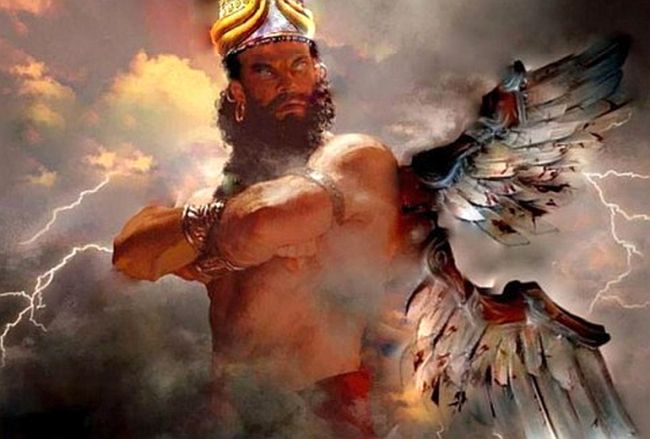
Enlil was considered one of the Mesopotamian gods in the supreme triad of Sumerian mythology, along with his father Anu (god of the heavens) and his brother Enki (god of wisdom and earth). This brings us to the question – what natural (or supernatural) element did Enlil himself represent?
Interestingly enough, this is where historians and linguists are baffled alike, with the very Sumerian word “líl” meaning ‘ghost or even haunted’. To that end, Enlil could be interpreted as ‘Lord Ghost’, but that wouldn’t make much sense, especially given the importance of Enlil in the Sumerian religion. So as a re-interpretation (with practicality taken into consideration), Enlil may have been portrayed as the ‘Lord of Air’ or basically a deity representing the wind, atmosphere, and even agriculture.
However, in terms of the history of religion, Enlil, the patron deity of the city of Nippur, was much more than a master of a singular elemental force. In fact, in various Mesopotamian inscriptions and tablets, he had been described with different epithets, including the ‘King of All Lands’, the ‘Father of Black-Headed People’ (referring to Sumerians), and even the ‘Father of Gods’. This translates to Enlil being projected as the embodiment of energy and power (and by extension – authority).
In that regard, Enlil was often venerated as one of the most powerful Sumerian gods who maintained his rebellious and often whimsically wrathful nature. Pertaining to the latter quality, it was Enlil who brought the great flood upon humanity (according to the Akkadian epic Atra-Hasis, circa 18th century BC), after being perturbed by their higher rate of fertility and the general ‘noise’ they made (that disturbed his sleep).
However, his divine ‘colleague’ Enki, the Sumerian god of earth, intervenes and warns a human sage named Atrahasis – who in turn proceeds to build an ark, thus mirroring the later Biblical story of Noah, along with numerous other ancient tales of the flood.
Enki – The Sumerian God of Wisdom and Earth
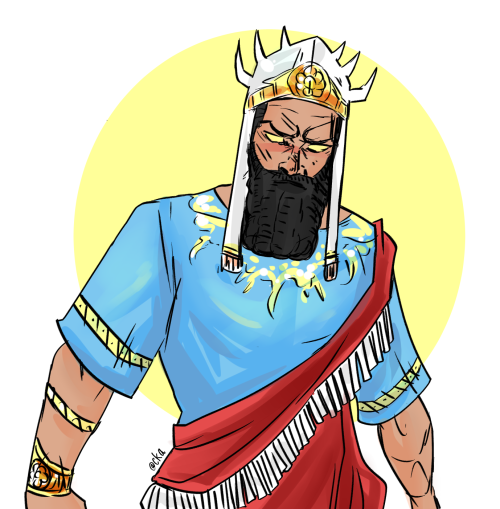
Enki (known as Ea in Akkadian and Babylonian mythology), was one of the other important ancient Mesopotamian gods of the supreme triad. Commonly translated as the ‘Lord of the Earth’, Enki had also been depicted as a deity of creation, crafts, intelligence, and even magic.
Interestingly enough, many of the initial Sumerian texts refer to Enki’s virile masculinity, sometimes in overtly sexual tones. Although the literary works probably indicate the ‘creative’ ability of Enki, as opposed to eroticism. For example, one text refers to how the semen of the god endowed the vitalizing nature of freshwater.
Often considered the patron deity (or city god) of the city of Eridu (in southern Mesopotamia), Enki was said to have resided in a unique geographical location known as abzu (Akkadian apsû), attended by his seven mythical sages. In accordance with Mesopotamian mythology and cosmic geography, the abzu was the ocean underneath the earth; and for that matter, even Babylon was touted to be built atop an abzu.
In many Sumerian sources, he is described as the son of the primeval goddess Tiamat (mentioned in the first entry). According to those legends, it was Enki (or god Ea) who took the fight to his father Apsû after he learned that Apsû was planning to kill all the younger gods.
The Mesopotamian god was also said to have created the first humans (when depicted as Ea) from clay, in a bid to gather ‘free’ laborers for the gods. This feat is certainly akin to that of the latter Prometheus from Greek mythology.
Ninhursag – The Sumerian Mother Goddess of Mountains and Nurturing
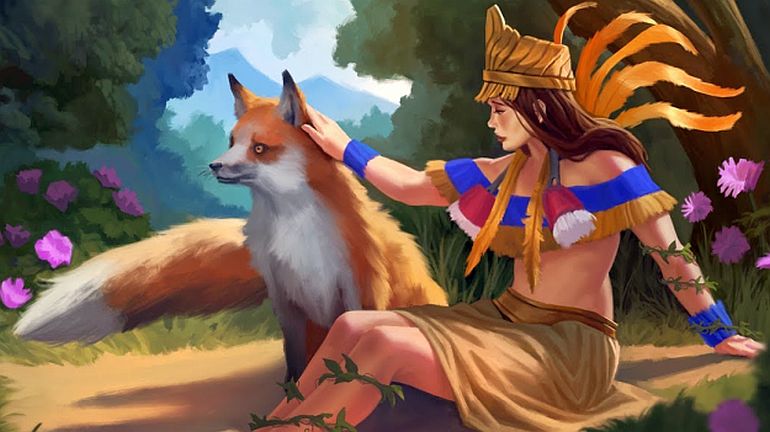
Ninhursag (or Belit-ili in Akkadian) was venerated as the mother goddess of the mountains and rocky grounds, thus suggesting her importance in the more arid herding regions of northern and western Mesopotamia. To that end, she possessed to power to birth and nurture wildlife in the deserts and rocky regions – with one of her more prominent ‘progeny’ pertaining to the wild asses (or onagers).
And while Ninhursag was worshiped as the city god of Adab and Kish, her numerous epithets like Ninmakh (Exalted Lady), Nintur (Lady Birth Giver), and Aruru (The One Who Loosens) suggest her everchanging role in the Sumerian mythology. For example, her initial divine ‘prowess’ was that of a nurturing Sumerian goddess. This alludes to the early prominence of Ninhursag in the more rustic regions of Mesopotamia where sustenance took precedence over ceremonies.
Over the passage of time, her role was conflated with an actual birthing entity or fertility goddess, so much so that she was even considered the patron deity of childbirth (with ceremonial offerings like umbilical cord-cutters). In terms of Sumerian mythology, the mother goddess was mostly venerated as a consort of both Enki (discussed earlier) and Shulpae, a minor god (sometimes associated with demons).
Marduk – The Babylonian Storm God
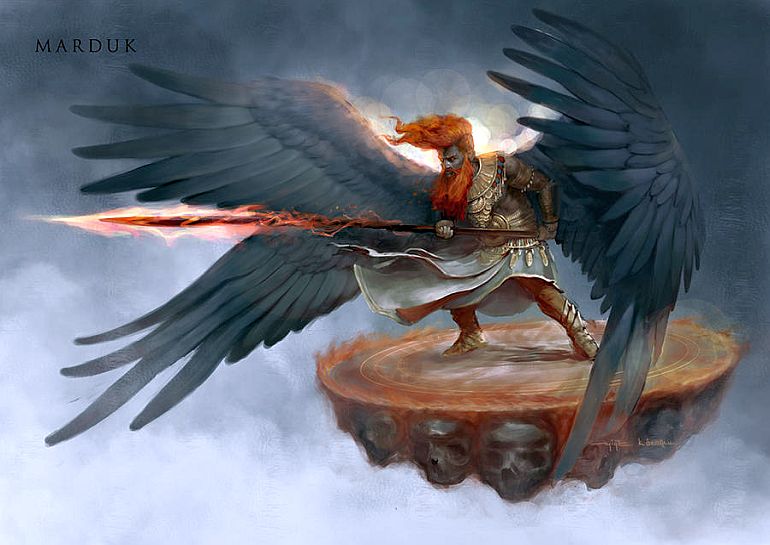
Marduk is most famous as the patron god (or national god) of Babylon itself. As one of the major gods of the expansive Mesopotamian religion, he formed an important part of the Babylonian pantheon, which in itself suggests a shift in cultural prominence from the ancient Sumerians to the later Babylonians.
In the Epic of Creation, also known as the Enuma Elish, the hero-god Marduk was portrayed as the very King of Gods (or even Storm God), draped in royal robes, whose fields of expertise ranged from justice, and healing to agriculture and magic. Historically, the famous ziggurat of Babylon was also dedicated to Marduk, which in itself was probably the (literary) model for the Biblical Tower of Babel.
In terms of the Mesopotamian pantheon, Marduk was the son of Enki (mentioned in the previous entry). He was responsible for defeating and killing Tiamat, the primeval goddess who took a dragon form to challenge many of the younger gods. Marduk then proceeded on to ‘source’ the rivers Tigris and Euphrates from the slain goddess’ eyes, while her body was carved up to create heaven and earth.
Once again reverting to history, the hero-god Marduk was by far the most important Babylonian deity (among the ancient Mesopotamian gods), with his worship almost bordering on monotheism. And while his origins probably lay in the rustic agricultural god named Asarluhi (who was symbolized by a spade), Marduk, as opposed to many other gods, was said to reign directly from his temple (and stronghold) Esagila in Babylon.
This symbolic significance rather fueled the structural expansion of the actual Esagila complex, which was completed in its final form by the famed Nebuchadnezzar II, circa the 6th century BC. As a matter of fact, Marduk as a Babylonian god was held in such high regard that even ‘foreign’ Persian (Achaemenid) emperors like Cyrus and Darius projected themselves as the chosen of the storm god.
Sin (Nanna) – The Akkadian Moon God
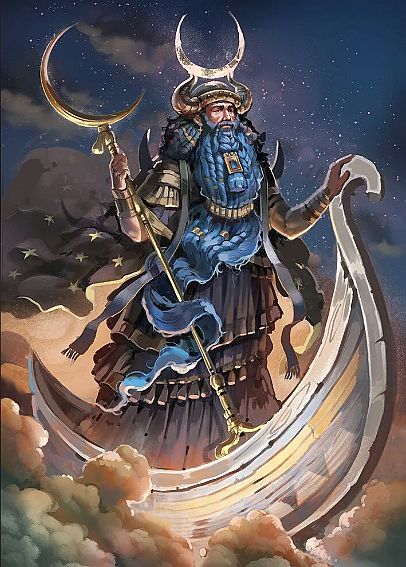
Sin (or Nanna in Sumerian, not to be confused with the Norse deity) was the tutelary city god of Ur, one of the major ancient Mesopotamian urban centers that originally occupied a coastal position near the mouth of the river Euphrates (in what is now southern Iraq).
Associated with the moon, Sin was represented as the bull, with the symbol alluding to the resemblance of the waxing moon to the horns of the animal. Interestingly enough, this mythic connection to the moon also associated Sin with fertility, on account of menstrual cycles corresponding to the timings of the moon’s periodic ‘shape-shifting’.
However, most importantly, ancient Mesopotamians ascribed an astronomical angle when it came to studying Sin. Simply put, the religious scope of the moon god often translated to (unintentional) scientific analysis, with scribes maintaining records on the radiance along with the paths and cycles of the moon within particular time frames. These records were compiled to keep an eye on future omens that were thought to have the potential to decide the course of important events.
As for the historical significance of Sin, the moon god was clearly one of the major ancient Mesopotamian gods in the Sumerian myth. This was partly fueled by his genealogical pedigree – which projected him as the first-born of Enlil. He was also portrayed, during various time periods, as the father of two major divine entities – Utu (the sun god) and Inanna (the goddess of beauty).
Ishtar (Inanna) – The Akkadian Goddess of Love, Beauty, and War
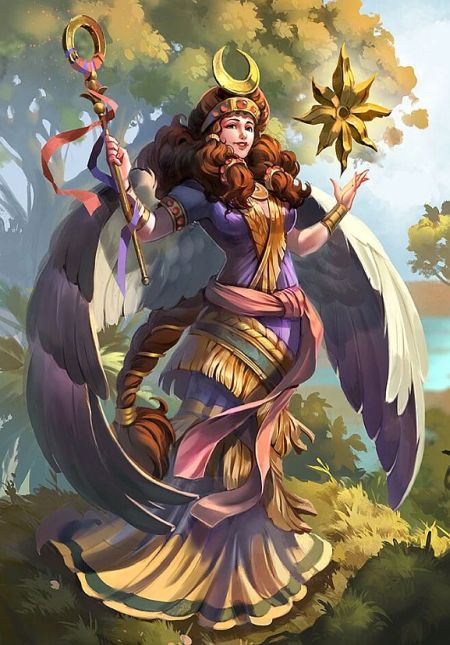
A Mesopotamian goddess of contrasting traits, Ishtar (or Inanna in Sumerian) was projected as the female divine entity of beauty, sex, and desire, while at the same time being the symbolic purveyor of war and combat. As is often the case with mythology, her later Babylonian legends diverged from the earlier Sumerian tales, with the (Babylonian) Epic of Gilgamesh representing the goddess as a femme fatale who turns vengeful after being rejected by the hero Gilgamesh.
Suffice it to say, among the ancient Mesopotamian gods and goddesses, as could be comprehended from her representative traits, Ishtar tended to be associated with sexuality, even from the Sumerian times – and as such she was the patron goddess of sacred prostitutes.
And while her earlier tales present her as being coyly amorous, with lines like “plow my vulva, man of my heart” (excerpt from a Sumerian poem), the latter Akkadian ‘evolution’ transforms goddess Ishtar into a more assertive personality, with one line from the Epic of Gilgamesh saying – ‘let us enjoy your strength, so put your hand and touch our vulva!’.
As for the historical side of affairs, the ancient city of Erbil (also known as Arbela or Urbilum in Sumerian) had always been an integral part of even the Old Assyrian state, circa 2050 BC. Occupying a strategic position at the foothills of the Zagros mountains, the city was the center for the worship of the Assyro-Babylonian goddess (in her war-like avatar).
To that end, several of the Assyrian kings even prayed in her temple before their military campaigns and actions of wars. And beyond just war ceremonies, the temple was viewed as a fortified sanctuary for Assyrian queens during their pregnancies. And as a demonstration of the Assyrian elites’ association with war (as a ritual extension of their power), some of the newborn princes were even breastfed by the priestesses of Ishtar.
It should also be noted that Astarte (Semitic Athtart or Ashtart), a prominent goddess from the ancient Near East (and even Egypt) also shared many attributes with Ishtar, thus suggesting the latter’s influence on the former from the Third Millennium BC.
Shamash (Utu) – The Akkadian God of the Sun and Justice
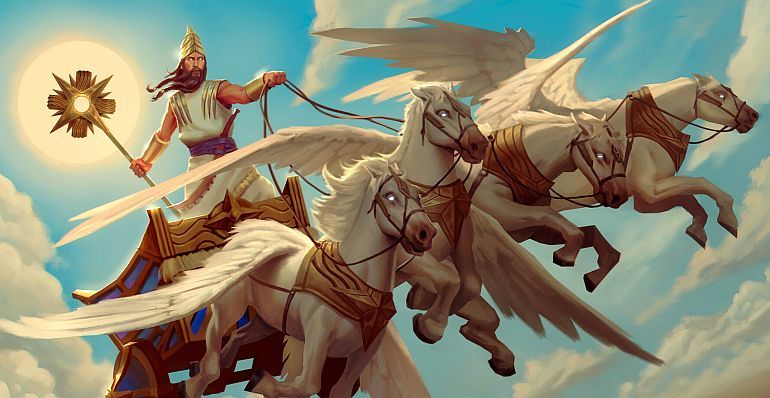
Shamash, as an Akkadian god, was probably directly derived from the Sumerian counterpart Utu, with both entities being projected as the god of the sun and divine justice. However, interestingly enough, while Utu had been depicted as the son of Moon-god Sin, Shamash, as a Mesopotamian god, was represented as the son of Enlil.
In any case, the god Shamash (or sun god Utu) was one of the most important deities in the ancient Mesopotamian pantheon, attested by the fact that the entity was mentioned as early as circa 3500 BC (5,500 years ago) in the nascent forms of Sumerian writings.
Now when it comes to historical connection, Shamash is most famously known to feature in the renowned law code of Babylonian King Hammurabi (18th century) BC, with the Babylonians attributing the very provision of land laws to the divine entity.
His image did match with such characteristics, with Shamash being portrayed as an old wise man with long beard seating on a royal throne, haloed behind his shoulders by the effulgent rays of the sun – and his role ‘modestly’ defined as being the governor of the whole universe.
This representation took a more symbolic route during the later Neo-Assyrian Empire, with the god depicted as just a solar disc with wings. And even more intriguingly, unlike other capricious Mesopotamian gods, Shamash tended to be portrayed as an undoubtedly righteous divine being. This characterization made his role rather ambiguous and yet crucial in the vibrant mythos of the city-states.
His immense popularity among the populace is also suggested by three different ancient cult centers in all of Mesopotamia – Larsa and Eridu in (southern) Sumer, along with Sippar in (northern) Akkad.
Nisaba – The Sumerian Goddess of Writing
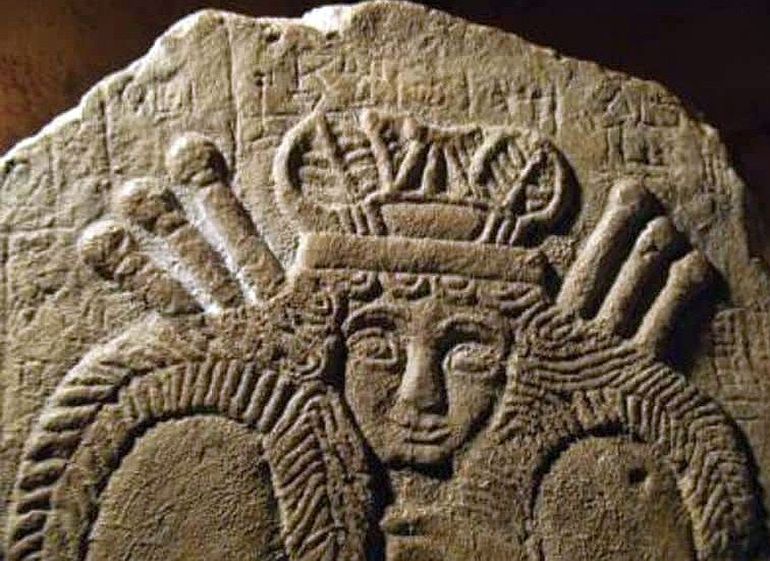
The Sumerian civilization can be credited with many of humanity’s cultural inventions and achievements, including the world’s oldest known pieces of literature. To that end, Sumerians even had one Mesopotamian god dedicated to pursuits of writing (much like Saraswati, the goddess of knowledge and scribes in Indian mythology), and she was called Nisaba (or Nissaba).
Nisaba probably had her origins from a grain goddess, circa 2700 BC. She later became the city god of the Mesopotamian settlement of Eresh and was often portrayed as the primary scribe of the gods and keeper of both divine and mortal accounts.
Interestingly enough, with varied myths followed in different city-states of ancient Mesopotamia, in some tales, Nisaba was represented as the daughter of Enlil. However, more famous stories establish Enlil as being the son-in-law of Nisaba.
In any case, beyond confusing genealogy, Nisaba had always been represented as an ally of the powerful (albeit capricious) god Enlil. To that end, one of the oldest known literary works in human history, known as the Kesh Temple Hymn (also called the Liturgy to Nintud), inscribed circa 2600 BC, comprises eight sets of songs – all of which are attributed to Nisaba, who goes on to praise Enlil.
In essence, the Kesh Temple Hymn was presented as the work of gods, possibly to endow it with an air of legitimacy (and sanctity) during ancient times. The first paragraph of the ancient literature piece roughly reads like this –
The princely one, the princely one came forth from the house. Enlil, the princely one, came forth from the house. The princely one came forth royally from the house. Enlil lifted his glance over all the lands, and the lands raised themselves to Enlil. The four corners of heaven became green for Enlil like a garden. Kesh was positioned there for him with head uplifted, and as Kesh lifted its head among all the lands, Enlil spoke the praises of Kesh.
Ashur – The Supreme God of the Assyrians
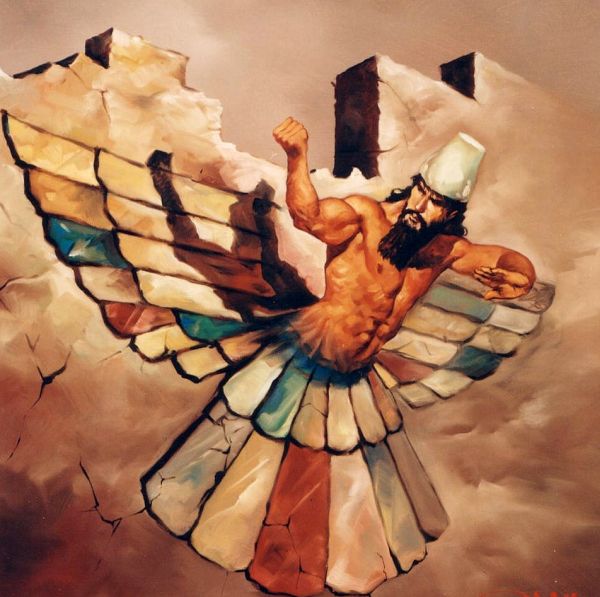
Ashur (or Assur) pertains to the interesting synthesis of an ancient city and its patron deity, with the latter originating as an East Semitic god mainly worshiped in the northern regions of Mesopotamia, along with the north-eastern regions corresponding more-or-less to the realm of Old Assyria. To that end, there is a theory that the god himself was the deified form of the Old Assyrian capital Assur, an urban center that dates back to the 3rd millennium BC.
In essence, Ashur, as one of the Mesopotamian gods, rather signified the clash of cultural overtones between the northern and southern parts of Mesopotamia. For example, by Hammurabi’s time, Marduk replaced Enlil as the chief deity of the majority of the southern Mesopotamian lands.
Almost as a reactionary process, Ashur took the position of Enlil (and his mythic lineage) in northern Mesopotamia, and this religious shift extended till the period of the Neo-Assyrian Empire. In fact, many of the Assyrian imperial propaganda inscriptions went on to mention how their conquered subjects’ gods have abandoned them, overshadowed by the rising power of the war god Ashur.
The geopolitical scenario of the Assyrian Empire rather favored such contrived outlooks, with their eponymous royal capital of Ashur being transformed into a city of lavish palaces, imposing temples, and even cultural centers for learning. This emphasis on the intrinsic ties between Assyrian imperialism and the divine entity even led to the adoption of king names that included the word ‘Ashur’, like Ashurnasirpal, Esarhaddon (Ashur-aha-iddina), and Ashurbanipal.
Ninkasi – The Sumerian Goddess of Beer
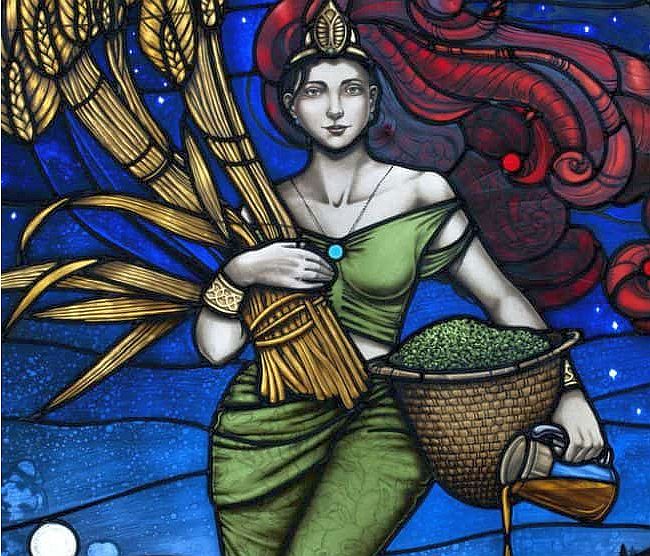
For our last entry, we decided to take a lighter route by summarizing Ninkasi, the ancient Sumerian tutelary goddess of beer (and alcohol). Symbolizing the role of women in brewing and preparation of beverages in ancient Mesopotamia, this enigma among the Mesopotamian gods (whose actual depictions have not survived the rigors of time) historically also alluded to how beer consumption in itself was an important marker for societal and civilized virtues.
To give an example, in the Epic of Gilgamesh, the wild man En-kidu “did not know how to eat bread, / nor had he ever learned to drink beer!”, with the latter phrase suggesting how drinking beer was seen as a ‘quality’ of a civilized person.
And since we are talking about history, like many of the oldest cultural achievements pertaining to humanity, the oldest recipe for brewing beer comes from the land of Mesopotamia. These earliest beers were possibly concocted with the aid of barley that was extracted from bread. To that end, some of the excerpts from a 3900-year-old Sumerian poem honoring Ninkasi (the Hymn to Ninkasi), translated by Miguel Civil, read like this –
You are the one who soaks the malt in a jar,
The waves rise, the waves fall.
Ninkasi, you are the one who soaks the malt in a jar,
The waves rise, the waves fall.
.
.
.
When you pour out the filtered beer of the collector vat,
It is [like] the onrush of Tigris and Euphrates.
Ninkasi, you are the one who pours out the filtered beer of the collector vat,
It is [like] the onrush of Tigris and Euphrates.
And in case we have not attributed or misattributed any image, artwork, or photograph, we apologize in advance. Please let us know via the ‘Contact Us’ link, provided both above the top bar and at the bottom bar of the page.
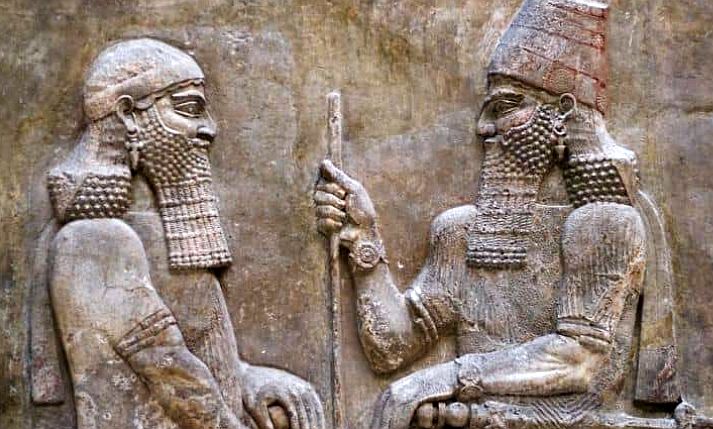
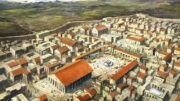
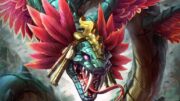
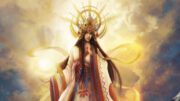
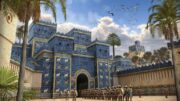
Be the first to comment on "12 Important Ancient Mesopotamian Gods And Goddesses"